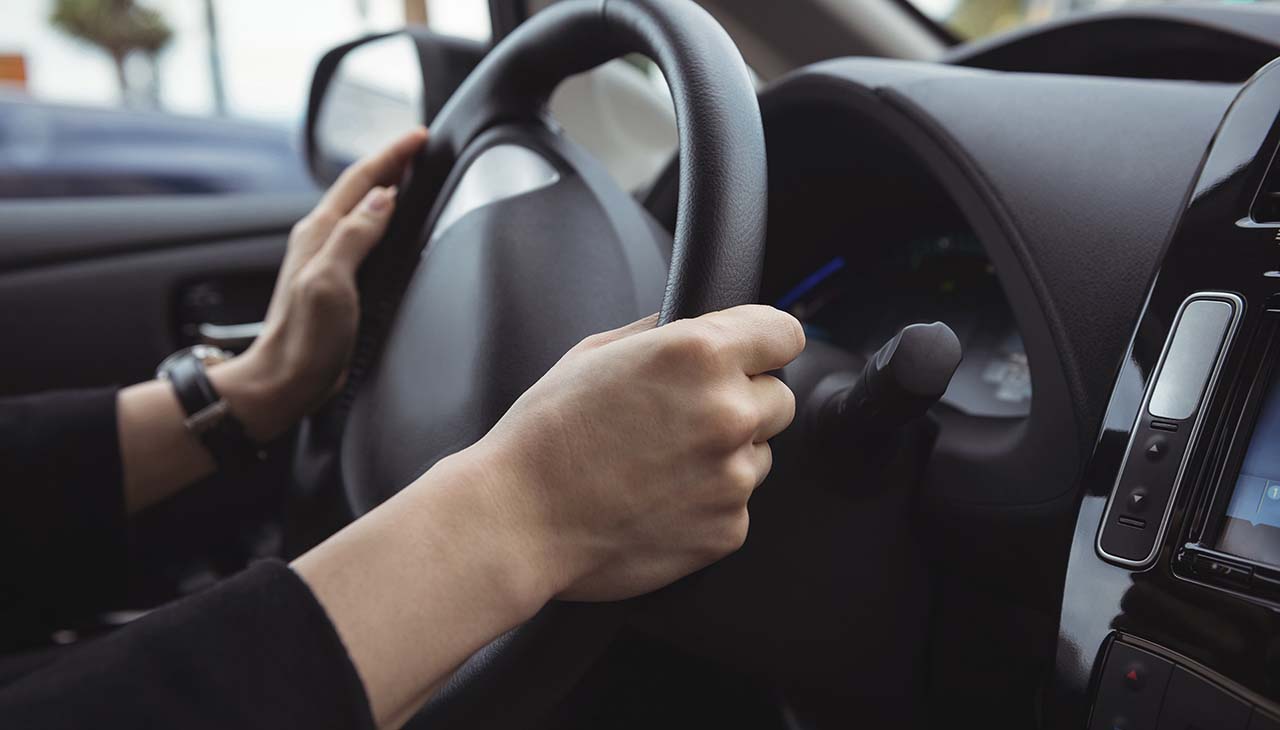Navigating the hustle and bustle of urban streets requires more than just driving skills—it demands heightened awareness, patience, and adherence to safe driving practices. Urban areas, with their dense traffic, pedestrians, cyclists, and frequent stoplights, present unique challenges to drivers. This section aims to explore essential guidelines and strategies for safe driving in city environments, ensuring that both drivers and city dwellers can coexist peacefully and safely. From understanding the nuances of urban traffic flow to the importance of defensive driving techniques, we’ll cover the key elements that contribute to safer urban driving experiences.
Remain Focused and Aware
One of the fundamental principles of safe urban driving is maintaining an unwavering level of focus and awareness at all times. The bustling city streets are alive with pedestrians, cyclists, and at times, unforeseen obstacles that may suddenly emerge. It’s imperative for drivers to cultivate the habit of scanning their surroundings continuously, not just looking ahead but also checking mirrors for what’s happening on all sides. This vigilance helps in anticipating potential hazards and adjusting speed or direction accordingly, thereby averting accidents and ensuring the safety of all road users.
Reduce Speed and Be Prepared to Stop
In urban environments, the unpredictability of traffic flow necessitates maintaining a safe speed at all times. This cautious approach allows drivers the necessary time to react promptly to sudden stops, unexpected pedestrian crossings, or quickly changing traffic signals. By keeping speeds lower, especially in densely populated areas, drivers can significantly reduce the risk of accidents. It’s also crucial for drivers to be mindful of speed limits designed specifically for urban settings, which take into account the safety of all road users, including the most vulnerable like pedestrians and cyclists. Adhering to these speed regulations not only contributes to overall road safety but also fosters a more harmonious coexistence between motorists and city inhabitants.
Watch Out for Pedestrians and Cyclists
Urban driving often involves sharing the road with pedestrians and cyclists, who are far more vulnerable in the event of a collision. It’s crucial for drivers to be especially mindful of these road users, yielding to them at crosswalks and intersections, and when turning onto busy streets. Pedestrians may not always cross at designated areas, so drivers should adjust their speed and remain vigilant in all situations. For cyclists, providing ample space when overtaking and checking mirrors before opening doors can prevent accidents and ensure a safer environment for everyone. By prioritizing the safety of pedestrians and cyclists, drivers contribute to a more courteous and respectful urban traffic culture.
Anticipate Traffic Situations and Hazards
Anticipating potential traffic situations like congestion, construction zones, or unexpected road closures is crucial when driving in the city. Drivers should stay informed about current traffic conditions and planned disruptions by listening to traffic reports or using navigation apps. Being proactive in this way allows for the planning of alternative routes and avoids the stress and danger of making last-minute maneuvers. Vigilance in observing signs and road markers indicating changes in traffic patterns or upcoming construction areas is essential. By staying prepared for these urban driving challenges, motorists can ensure smoother, safer journeys for themselves and others on the road.
Conclusion
Navigating urban landscapes requires a blend of skill, patience, and a deep commitment to safety. By integrating the practices outlined above—staying alert and focused, maintaining a moderate speed, being mindful of pedestrian and cyclist rights, and anticipating road conditions—drivers can significantly enhance the safety and harmony of city driving. Creating a safer urban driving environment is a shared responsibility that benefits all community members. It fosters a culture of respect and mindfulness on the roads, ultimately leading to fewer accidents and a more enjoyable driving experience for everyone. Remember, safe driving in urban areas isn’t just about following rules; it’s about cultivating an attitude of caution and consideration for the well-being of all.



